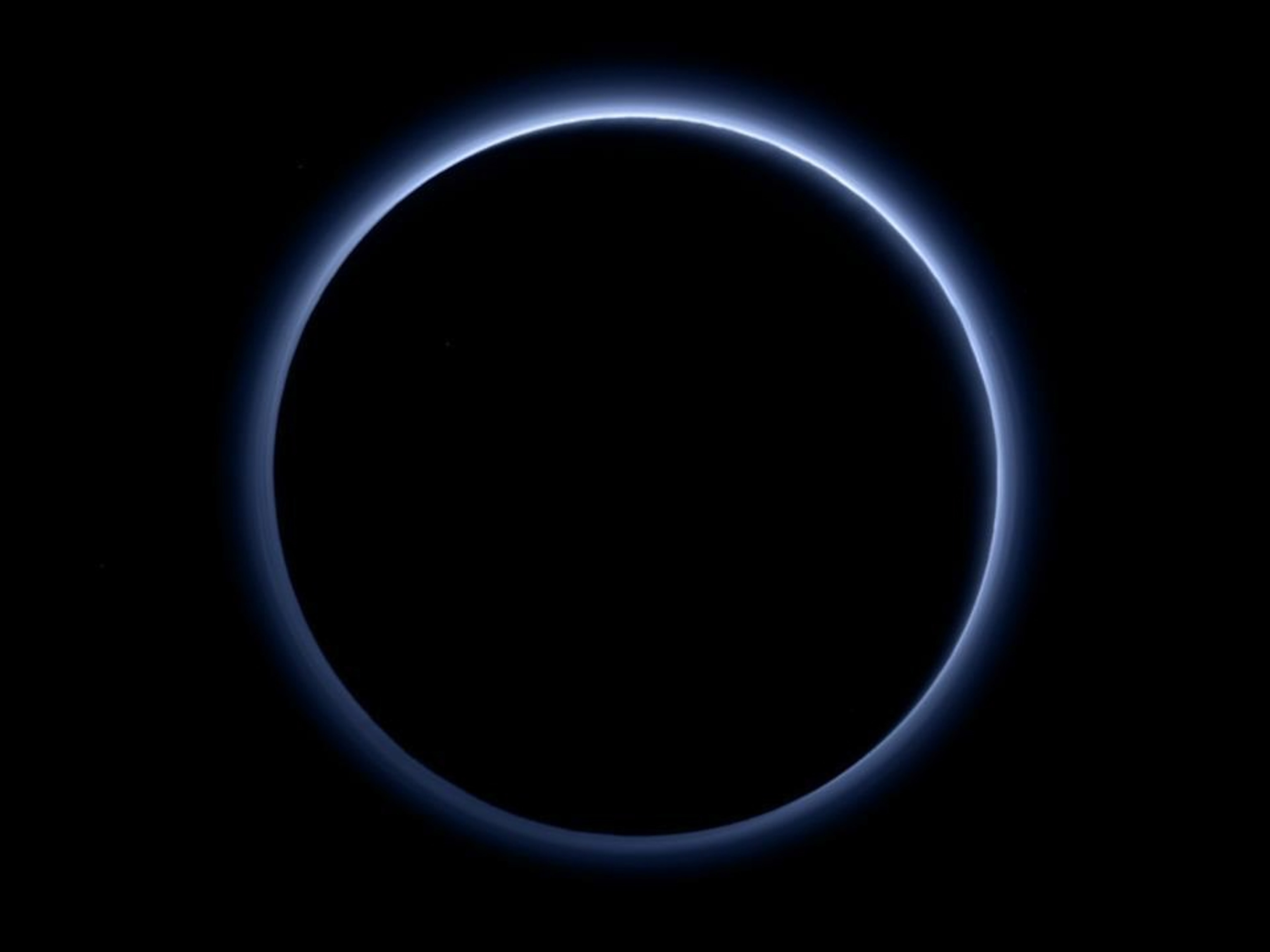
Pluto Neighbor Gets Downsized
Remote Sedna even smaller—but brighter—than thought, new data show.
One of Pluto's distant neighbors just got downsized: According to new observations, the remote object known as Sedna is even smaller than previously believed.
When astronomers discovered Sedna in 2003, it was the most distant known object in the solar system, orbiting more than twice as far from the sun as Pluto. (Shortly afterward, astronomers announced the discovery of an even more distant body, now called Eris.)
Initial estimates based on optical brightness suggested Sedna was roughly two-thirds Pluto's size.
But new infrared observations have slashed Sedna's estimated size, finding the body to be just 43 percent of Pluto's width.
Sedna's Unexpected Reflections
For the new study, András Pál, of Konkoly Observatory in Hungary, and his colleagues used the European Space Agency's Herschel Space Observatory to detect the meager heat that Sedna emits at far-infrared wavelengths.
"It's very cold," Pál said of the object. At more than 8 billion miles (13 billion kilometers) from the sun, Sedna is a frigid 20 Kelvin (-424 degrees Fahrenheit, or -253 degrees Celsius).
In fact, the body is so chilly and small that years ago NASA's Spitzer Space Telescope tried and failed to detect Sedna via infrared light.
(Related: "Pluto's 'Twin' Has Frozen Atmosphere.")
The new Herschel observations indicate that Sedna reflects a third of the sunlight striking it—much more than expected. That means the object must be very small, since it reflects so much light yet looks so faint.
"We expected something darker and larger," Pál said.
Based on the new data, Pál and colleagues think Sedna is just 620 miles (995 kilometers) across—smaller than Pluto's largest moon, Charon.
(Also see "New Moon Discovered Orbiting Pluto.")
"Good, Solid Detection"
The Herschel data represent "a good, solid detection," said Mike Brown, an astronomer at the California Institute of Technology who co-discovered Sedna.
"We have never had a good measurement before," so scientists were largely uncertain of Sedna's size, added Brown, who wasn't part of the new study.
Pluto itself once suffered similar downsizing. Fifty years ago Pluto was thought to be larger than Mercury but smaller than Mars.
Now Pluto is known to be only about half Mercury's size—and Sedna, it seems, is less than half of Pluto's.
The new paper about Sedna's size was published online this month at arXiv.org and will appear in an upcoming issue of the journal Astronomy and Astrophysics Letters.




